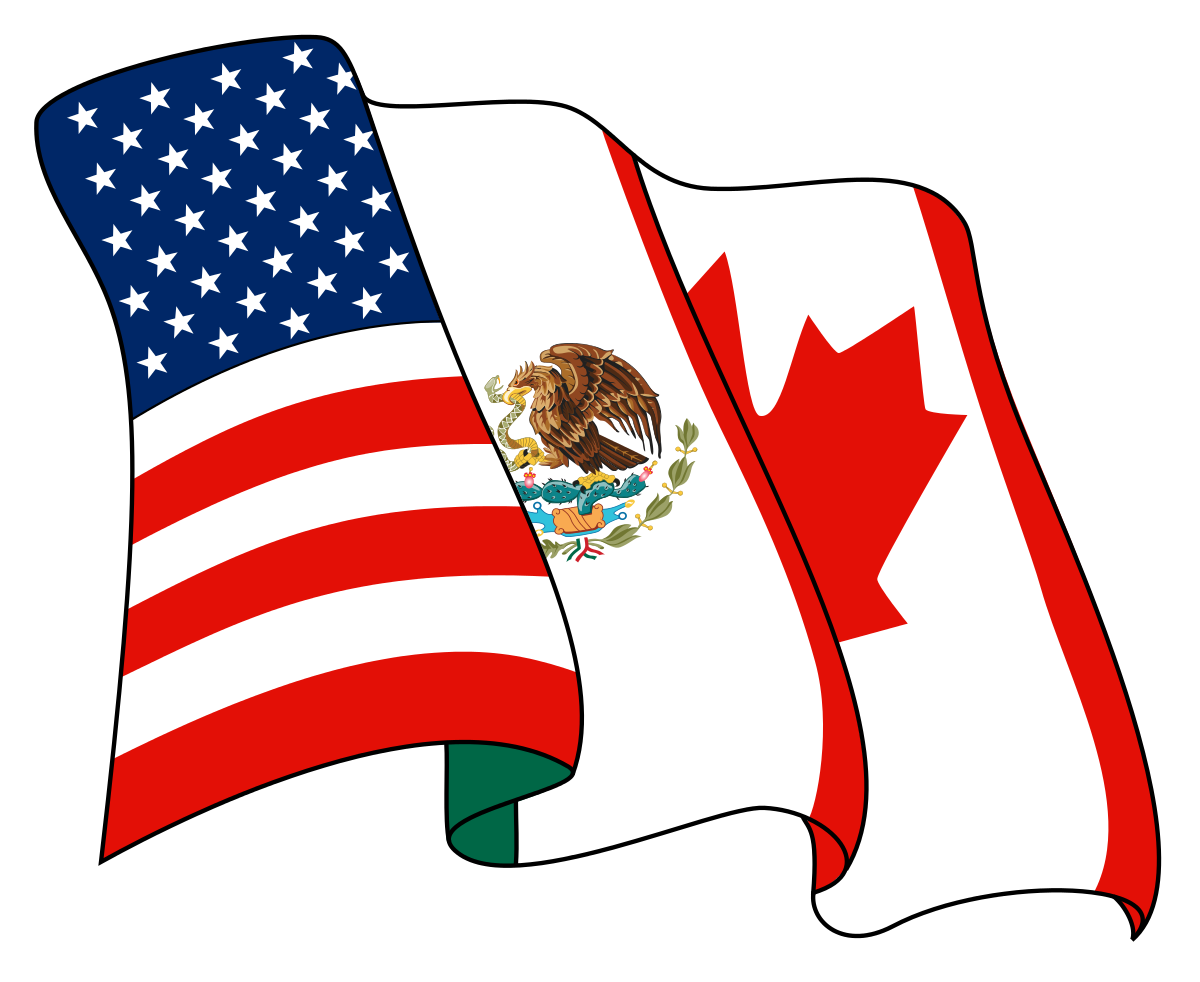H
Harpy Eagle
Guest
- Thread starter
- #41
You dummy LMAO... you doing a copy and paste job doesn't prove I don't know the differences between NAFTA and the USMCA.... I can copy and paste too....
The North American Free Trade Agreement (NAFTA) and the United States-Mexico-Canada Agreement (USMCA) are both trade agreements between the United States, Mexico, and Canada, but there are key differences between the two. Here are some of the major distinctions:
1. Automobile Industry
- NAFTA: NAFTA required that 62.5% of vehicle parts be made in North America to avoid tariffs.
- USMCA: USMCA increased this threshold to 75%, meaning a greater proportion of vehicle parts must be sourced within North America for a vehicle to qualify for tariff-free status. Additionally, USMCA requires that 40-45% of auto content be made by workers earning at least $16 per hour, which is intended to raise wages, particularly in Mexico.
2. Labor Standards
- NAFTA: Labor provisions were relatively weak and were included in side agreements, rather than in the main text of NAFTA.
- USMCA: Labor protections are stronger in USMCA, with a commitment to implement International Labor Organization (ILO) standards. The agreement includes mechanisms for enforcement, such as the ability to conduct inspections of factories suspected of violating labor rights, particularly in Mexico.
3. Environmental Protections
- NAFTA: Similar to labor standards, environmental provisions were included in side agreements, not in the main text of NAFTA.
- USMCA: USMCA incorporates environmental regulations directly into the main body of the agreement and establishes new measures for cooperation between the three countries on issues like air quality and marine pollution. It also has more stringent provisions for wildlife trafficking and illegal logging.
4. Dispute Resolution
- NAFTA: Under NAFTA, investors could sue governments through the Investor-State Dispute Settlement (ISDS) mechanism. This was a controversial provision, as it allowed private companies to challenge government policies that affected their investments.
- USMCA: The ISDS mechanism was largely scaled back under USMCA, particularly between the U.S. and Canada, though it remains in a more limited form between the U.S. and Mexico for certain sectors (like oil, gas, and telecommunications).
5. Intellectual Property (IP)
- NAFTA: NAFTA had weaker provisions regarding intellectual property, particularly for digital goods and services.
- USMCA: USMCA significantly updates IP protections, especially for pharmaceuticals, digital trade, and copyright laws. It extends copyright protection terms and addresses issues such as data localization and cross-border data flows.
6. Sunset Clause
- NAFTA: NAFTA was a permanent agreement that did not require renegotiation unless all parties agreed to a new arrangement.
- USMCA: USMCA includes a 16-year "sunset clause," meaning the agreement will automatically expire unless all parties agree to extend it. Additionally, it is subject to review every six years, allowing for periodic renegotiations.
7. Agriculture
- NAFTA: NAFTA reduced tariffs on a wide range of agricultural products but had some protections in place for dairy products in Canada.
- USMCA: USMCA opens up Canadian dairy markets more to U.S. products, granting U.S. farmers increased access to the Canadian dairy market. In exchange, Canada received concessions on other agricultural fronts.
8. Digital Trade
- NAFTA: When NAFTA was signed in 1994, the internet and e-commerce were in their infancy, so it lacked provisions for digital trade.
- USMCA: USMCA includes comprehensive provisions for digital trade, such as prohibiting customs duties on digital products like e-books, music, and software, and ensuring the free flow of data across borders.
Summary of Key Differences:
- USMCA places stronger emphasis on labor rights and environmental standards.
- It updates rules for the digital economy, which was not covered in NAFTA.
- The automobile sector has stricter content requirements and wage standards.
- ISDS provisions are scaled back in USMCA.
- Agricultural market access was expanded, particularly for U.S. dairy farmers.
- USMCA includes a sunset clause and periodic reviews to encourage renegotiation and updates over time.
I gave actual details and facts.
You lose again.
